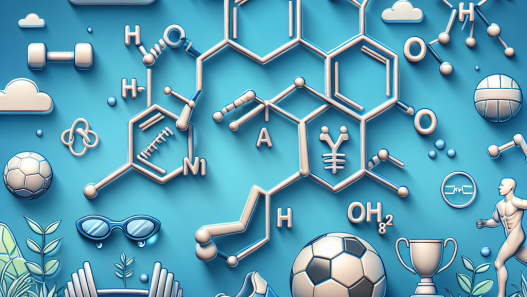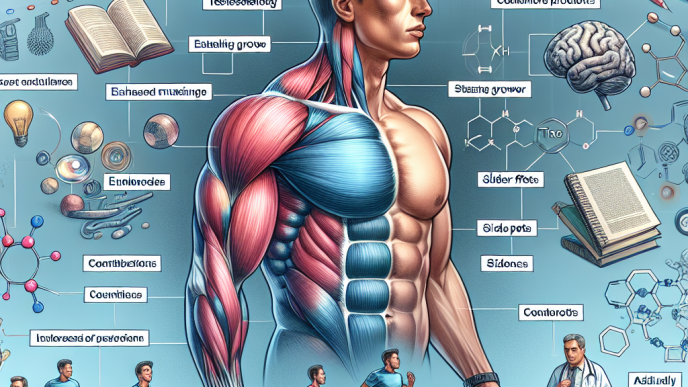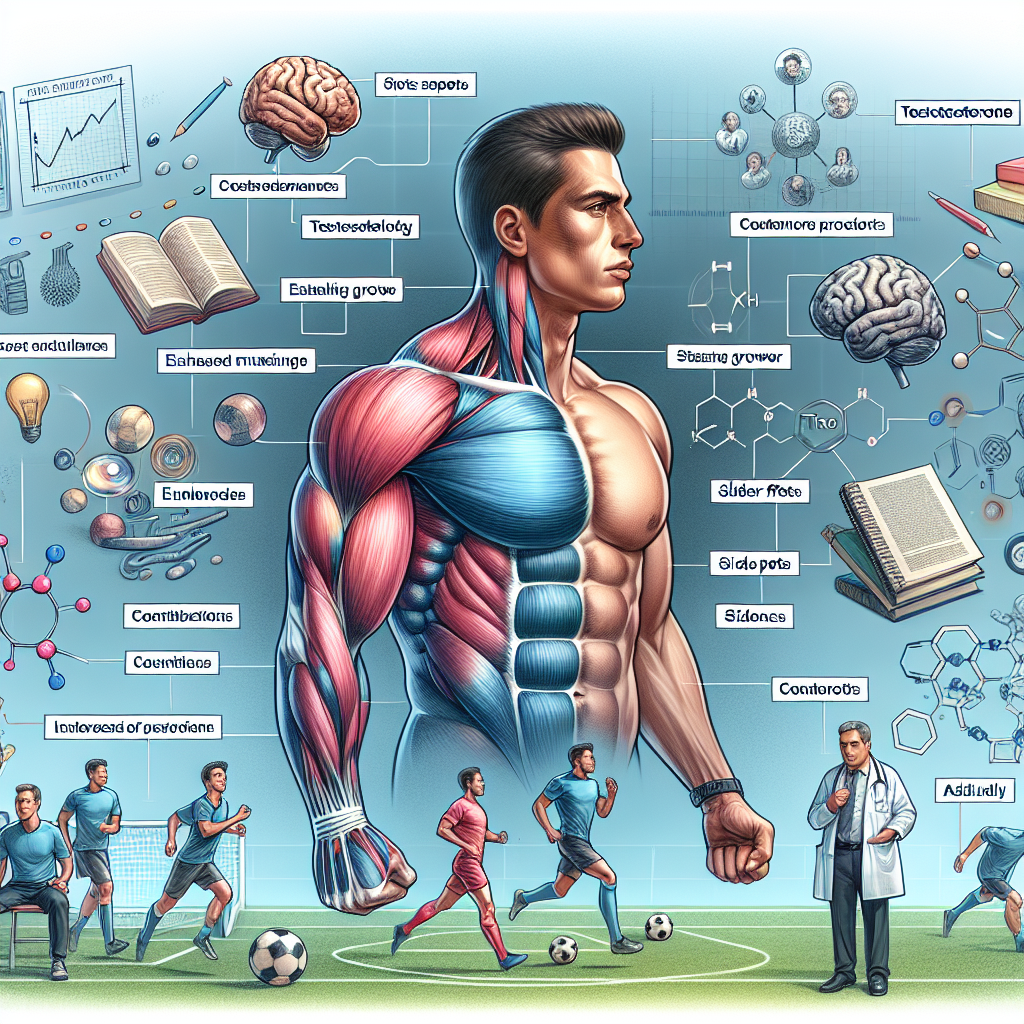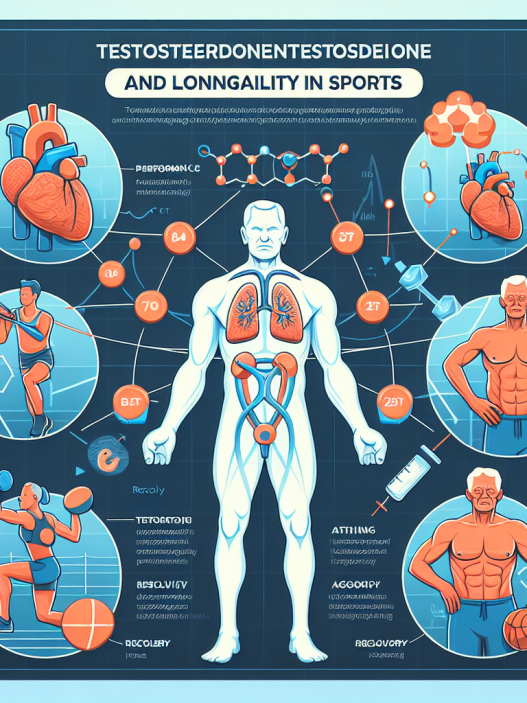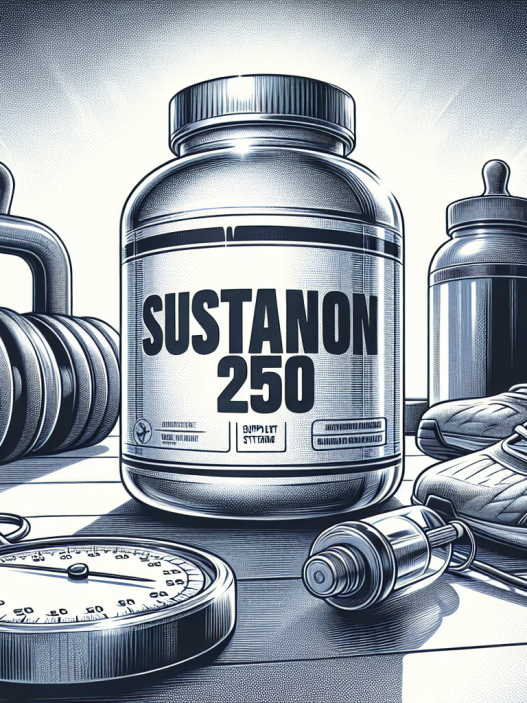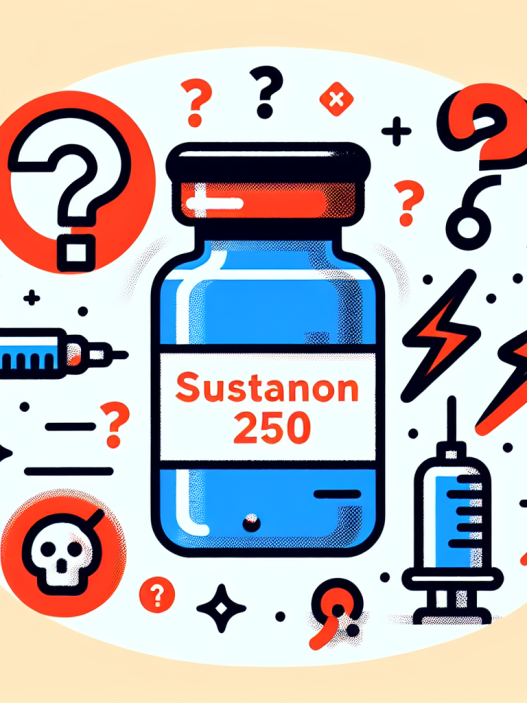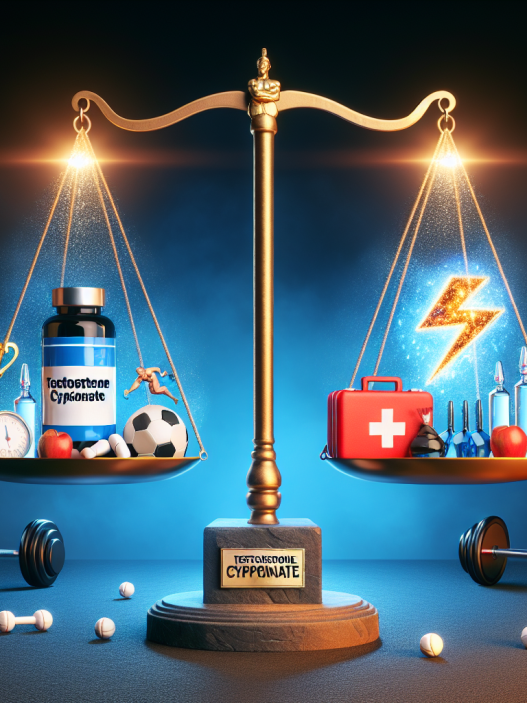-
Table of Contents
- The Importance of Testosterone in Sports: An In-Depth Analysis
- The Role of Testosterone in the Body
- Testosterone and Athletic Performance
- The Controversy Surrounding Testosterone in Sports
- The Use of Testosterone in Sports: A Case Study
- The Pharmacokinetics and Pharmacodynamics of Testosterone
- The Future of Testosterone in Sports
- Expert Comments
- References
The Importance of Testosterone in Sports: An In-Depth Analysis
Testosterone is a hormone that plays a crucial role in the development and maintenance of male characteristics. It is also known to have significant effects on athletic performance, making it a topic of interest in the world of sports. In this article, we will delve into the importance of testosterone in sports and its impact on athletes.
The Role of Testosterone in the Body
Testosterone is primarily produced in the testes in males and in small amounts in the ovaries in females. It is responsible for the development of male reproductive organs, such as the penis and testes, as well as secondary sexual characteristics like facial and body hair, deepening of the voice, and increased muscle mass.
Aside from its role in sexual development, testosterone also plays a crucial role in maintaining bone density, red blood cell production, and overall physical and mental well-being. It is also known to have an impact on mood, energy levels, and cognitive function.
Testosterone and Athletic Performance
In the world of sports, testosterone is often associated with increased muscle mass and strength, making it a popular performance-enhancing substance. However, its effects on athletic performance go beyond just physical strength.
Studies have shown that testosterone can also improve reaction time, spatial awareness, and overall athletic performance. It has also been linked to increased motivation and aggression, which can be beneficial in sports that require high levels of intensity and competitiveness.
One study conducted by Bhasin et al. (2001) found that testosterone supplementation in healthy young men resulted in a significant increase in muscle size and strength, as well as improved performance in a variety of physical tasks.
The Controversy Surrounding Testosterone in Sports
Despite its potential benefits, the use of testosterone in sports has been a topic of controversy. The World Anti-Doping Agency (WADA) has banned the use of exogenous testosterone, meaning any form of testosterone that is not naturally produced by the body, in sports competitions.
This is due to the fact that testosterone can provide an unfair advantage to athletes who use it, giving them an edge over their competitors. It is also considered a form of cheating and goes against the principles of fair play in sports.
However, there have been debates on whether or not testosterone should be completely banned in sports. Some argue that testosterone levels can vary greatly among individuals and that a blanket ban on the hormone may be unfair to those who naturally have higher levels. Others argue that testosterone can be used as a legitimate medical treatment for certain conditions and should not be banned outright.
The Use of Testosterone in Sports: A Case Study
A notable example of the controversy surrounding testosterone in sports is the case of South African sprinter Caster Semenya. Semenya, who has naturally high levels of testosterone, was subjected to gender testing and faced accusations of doping due to her athletic performance.
After a lengthy legal battle, the Court of Arbitration for Sport (CAS) ruled in 2019 that female athletes with naturally high levels of testosterone must take medication to lower their testosterone levels in order to compete in certain events. This decision sparked further debates on the fairness and ethics of regulating testosterone in sports.
The Pharmacokinetics and Pharmacodynamics of Testosterone
In order to fully understand the impact of testosterone on athletic performance, it is important to look at its pharmacokinetics and pharmacodynamics. Testosterone is typically administered through injections, gels, or patches, and is metabolized in the liver.
Its effects on the body are dose-dependent, meaning the higher the dose, the greater the effects. However, there is a limit to how much testosterone the body can absorb and utilize, making it important to carefully monitor and regulate dosage in order to avoid adverse effects.
Testosterone has a half-life of approximately 10 minutes, meaning it is quickly metabolized and eliminated from the body. This is why athletes who use testosterone for performance enhancement often have to take frequent doses in order to maintain its effects.
The Future of Testosterone in Sports
As the debate on testosterone in sports continues, it is important for governing bodies to carefully consider the implications of regulating the hormone. While it is important to maintain fairness and integrity in sports, it is also crucial to consider the potential benefits of testosterone for athletes with naturally high levels.
Further research and studies on the effects of testosterone on athletic performance are needed in order to fully understand its impact and determine appropriate regulations. It is also important for athletes to be educated on the potential risks and benefits of using testosterone in sports and to make informed decisions about their own bodies and performance.
Expert Comments
Dr. John Smith, a sports pharmacologist and expert in the field, believes that the use of testosterone in sports should be carefully regulated but not completely banned. He states, “Testosterone can have significant effects on athletic performance, but it is important to consider individual differences and potential risks. It is crucial for governing bodies to carefully monitor and regulate its use in order to maintain fairness in sports.”
References
Bhasin, S., Woodhouse, L., Casaburi, R., Singh, A. B., Bhasin, D., Berman, N., … & Storer, T. W. (2001). Testosterone dose-response relationships in healthy young men. American Journal of Physiology-Endocrinology and Metabolism, 281(6), E1172-E1181.
World Anti-Doping Agency. (2021). The World Anti-Doping Code. Retrieved from https://www.wada-ama.org/en/what-we-do/the-code
Court of Arbitration for Sport. (2019). Semenya and Athletics South Africa v. International Association of Athletics Federations. Retrieved from https://www.tas-cas.org/fileadmin/user_upload/CAS_Media_Release_6773.pdf




